If You Look Very, Very Close, Antarctica Is Teeming With Life
Meet the icy continent’s menagerie of microbes.
Ariel Waldman doesn’t have anything against penguins. It’s just that they already get a lot of love: When people imagine Antarctic wildlife, she suspects, the tuxedo-clad birds get top billing. What about the other life of the icy, rocky continent, especially the residents that are much harder to see? Where is the love for those guys?
In 2018, Waldman, a San Francisco–based video host, author, and science communicator who also works with NASA, journeyed to Antarctica to take a closer look at some of those residents. With 185 pounds of gear and equipment in tow, she flew to Christchurch, New Zealand, then boarded a military transport aircraft to Antarctica, where she settled into a dorm room at McMurdo Station, the United States Antarctic Program’s main hub. With backing from the National Science Foundation’s Antarctic Artists & Writers program and the National Geographic Society, Waldman spent five weeks around the station and farther afield, including the McMurdo Dry Valleys, where she camped at Lake Bonney and Lake Hoare, next to Canada Glacier. Waldman collected samples from glaciers, sea ice, seafloor mud, and more, and rigged up cameras to her slew of microscopes in order to become, as she puts it, “a wildlife photographer at the microbial scale.” She took videos to show the creatures in action.
Her new interactive digital project, “Life Under the Ice,” introduces viewers to the creatures that thrive in Antarctica, in all their minuscule glory. Waldman spoke with Atlas Obscura about extremophiles, glacier hiking, and how much tardigrades look like gummy bears.
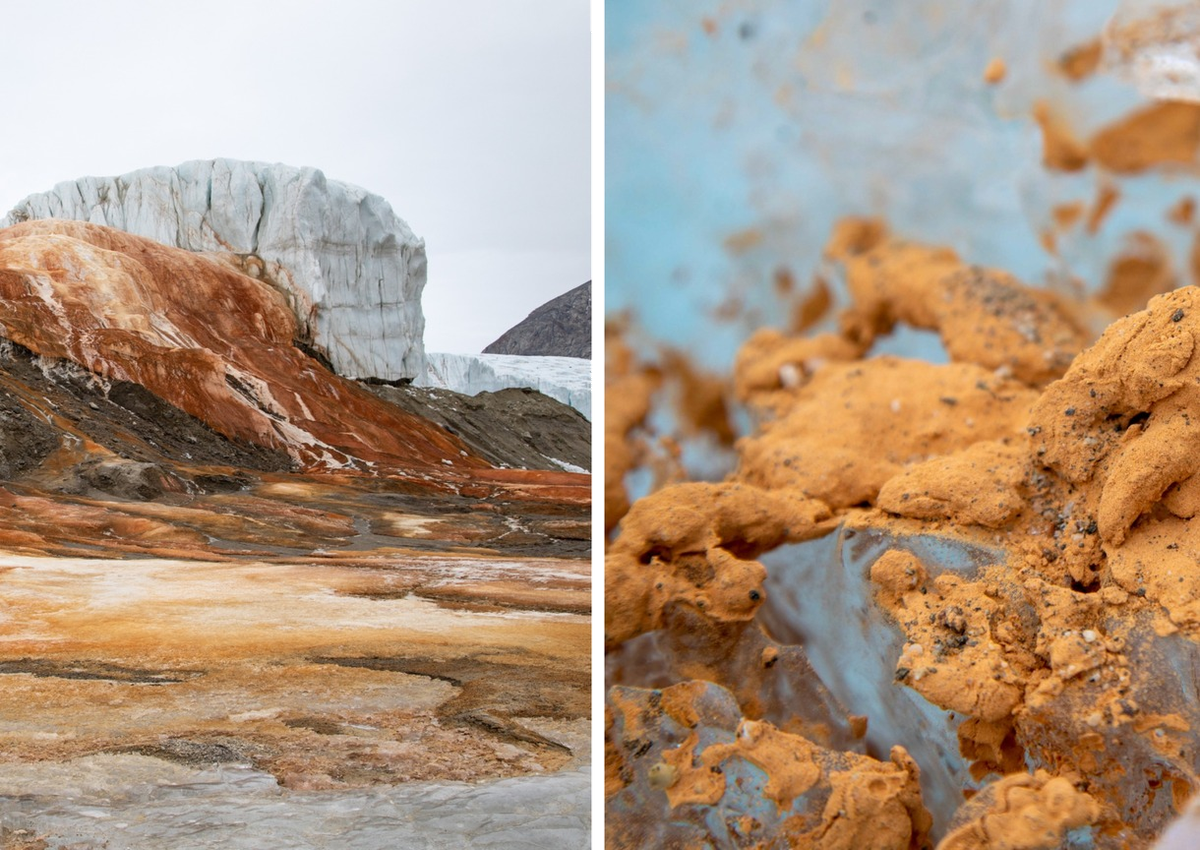
Why Antarctica? And why microbes?
I got really obsessed with Antarctica a few years ago because I had unexpectedly gotten a career in space exploration. [Waldman chairs the council for NASA’s Innovative Advanced Concepts program, and is the author of What’s It Like in Space?: Stories from Astronauts Who’ve Been There.] A lot of people were asking me, “Do you want to go to space? Do you want to be an astronaut?” I get motion sick rather easily, so I’m not sure I really want to go to space—but I would like to experience things that are similar. I started realizing that Antarctica is this really unique place on Earth that mimics a lot of aspects about space exploration, whether it’s being a Mars analog, or an interesting place to study neutrinos and find meteorites. I kind of felt like Antarctica was my version of going to space—my sort of extreme thing that I could achieve.
We send a lot of biologists to Antarctica to tell us what species live down there. They do a lot of DNA sequencing, a lot of interesting science work, but they maybe only take a photograph or two of these creatures. And then those photographs go into a scientific journal, and almost no one ever sees them. A lot of that is just the nature of science—they’re not there to make pretty pictures, they’re there to tell us what organisms are living there. But as a result, no one really knows what these creatures look like, act like, what they are like in motion. So I felt like there was this big gap in knowledge, where not that many people are very familiar with all of the life that lives in Antarctica other than just, you know, seeing penguins.
Why is documenting these creatures, including with video, so important?
A lot of times, what we’re exposed to with micro-creatures is, at best, a really beautiful scanning electron microscope image—and they either look scary or weird. Without seeing them move, we can’t really assign them a personality. What’s their life like? How do they interact with their environment? When I’ve shown these videos of tardigrades from Antarctica, I’ve had people say that they were really surprised because they had seen these scanning electron photographs of tardigrades, and they looked like these terrifying creatures. Once they see them in motion, they’re like, “Oh, they’re like a gummy bear with claws. They’re really cute.”
By seeing microbes in motion, we gain better insights into the lives of these creatures and become more familiar with them, the way that we become familiar with penguins. If you only saw photographs of penguins but you never saw how they waddle, you would not fully understand them.
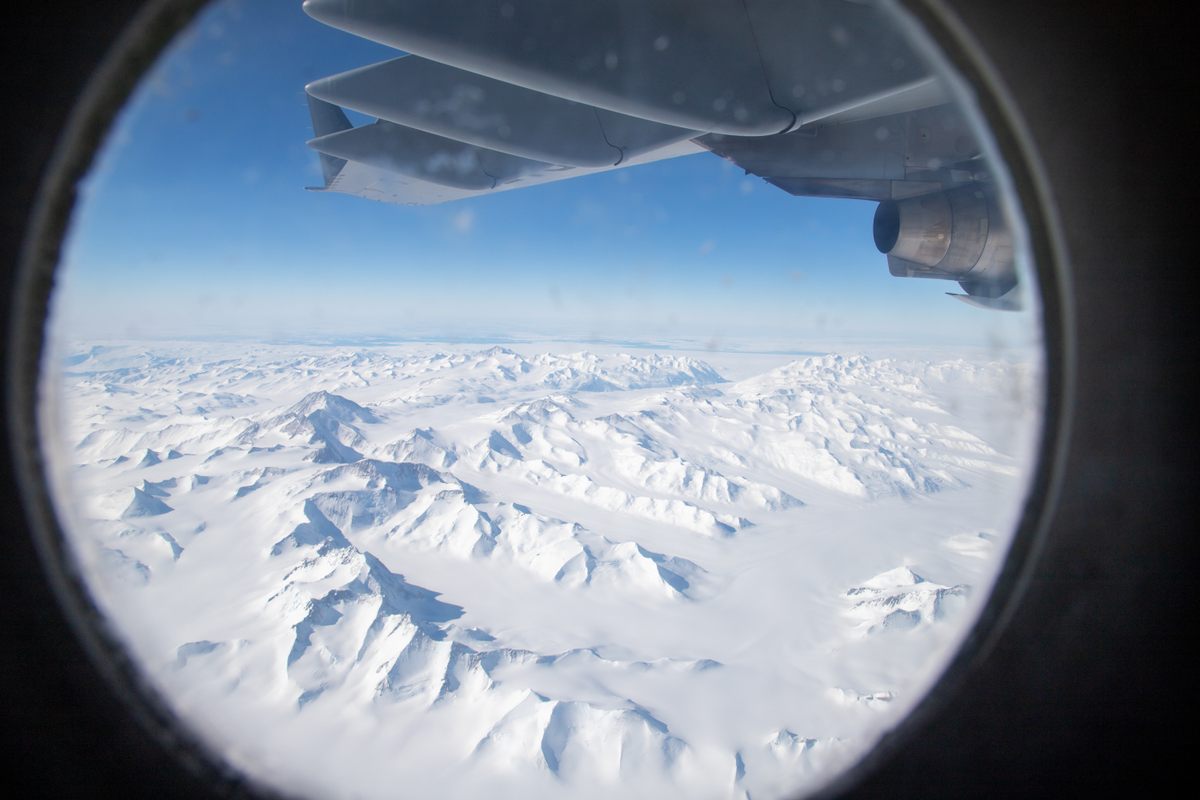
Did you have a picture in your head about what you thought you’d find on the microbial scale?
For some of them, I had an idea, and others I didn’t. The thing that’s really fascinating about life in Antarctica is that you’ve got all of these extremophiles, these creatures that can only live in extreme environments. You’ve got this life, and some of it is really weird, but a lot of it also lives everywhere else on the planet. Tardigrades and nematodes and rotifers—all of those creatures can be found living in the extremes in ice in Antarctica, but you can also find them in your backyard. Understanding how some of the creatures that live in your backyard can also somehow survive for years frozen in ice is really fascinating. Do they interact differently? Do they move differently? Getting to observe them in that way is really special.
There are also a lot of organisms that I came across, especially marine organisms—like diatoms of very weird shapes, and some microbes that I’ve filmed—that I still can’t identify even with the help of other people.
So do Antarctic tardigrades behave differently than other ones?
That’s TBD for now. I’ve made all of my videos, hundreds of videos, available under creative commons. It’s possible that some of the things that I’ve caught on camera might be useful for someone’s scientific paper. I think it’s just going to take time and connecting with the right people to make the definitive assertions about that.
Antarctica has many different types of environments, and you sampled several, from cryoconite holes to the seafloor to subglacial ponds. How did you pick where you went?
It was to get as much of a comprehensive sampling as I could. I wanted to look at organisms in the seafloor and under the sea ice as much as the ones embedded inside glaciers and near subglacial ponds.
With the oceanic microbes, we sampled both immediately under the ice—at the ice ceiling—and then we did mid-water sampling and seafloor sampling. My hypothesis was that the mid-water was probably not going to have anything in it, but I wanted to look just in case. The mid-water turned up pretty much nothing. A lot of creatures either want to float toward the top of the sea ice or they want to sink to the seafloor—everything in the middle is usually marine snow, which is maybe some fish scales or something, but not living microbes. I sampled as much as I could, but I only found microbes living in the sea ice ceiling and the seafloor.
How did you prepare for the trip?
For months before you deploy, you’re doing extensive planning—getting all the materials you need, getting all the clothing you need, going for physicals to make sure that you don’t have anything medically scary that would worry them about needing to fly you out.
A lot of the field training, though, happens when you arrive. For the first week that you’re in Antarctica, you pretty much can’t do anything but go to lots and lots of trainings. You have training to show you how to set up tents, how to create campfires for food, what to do under certain types of whiteout conditions. They show you how to measure cracks in the ice, so you know what sorts of vehicles can go over what sorts of cracks. They show you how to use old GPS units and pagers. There’s lots of different trainings—some more mundane than others—about how to survive if you are in bad conditions.
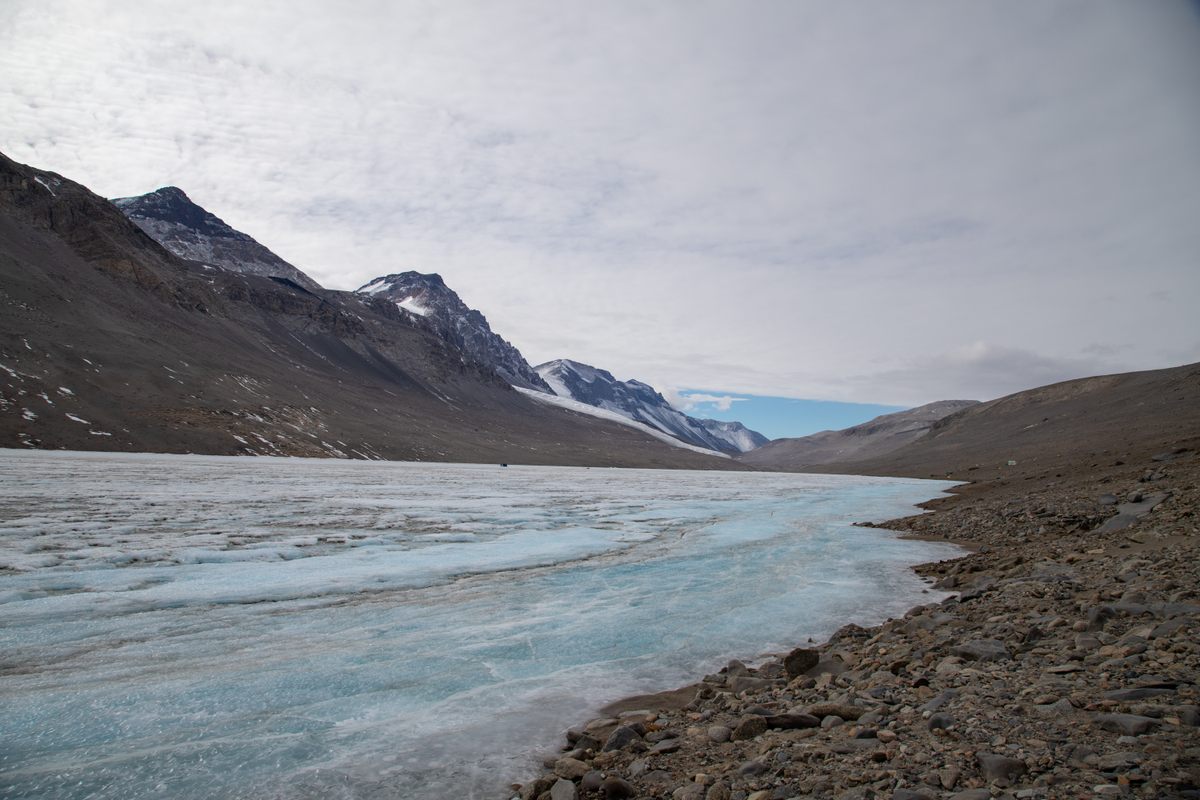
Did that make you feel more comfortable or less comfortable?
Before each training, I was really nervous. All of your extreme cold weather gear is extremely bulky and your shoes are massive, so you just feel like you’re a little toddler and your mom has come and snuggled you in this huge poof of clothing, and you can barely move. So a lot of times you walk around as a newbie feeling a bit incompetent just because you can’t move very easily.
The first time they took us out on the sea ice and I knew I was going to have to stand out there, freezing, for hours, I was really scared. I was like, “Oh gosh, what if I hate this? What if it’s terrible?” When I was actually out there, I was like, “Oh, this isn’t bad. This is fine.” I was always hyping things up to be worse than they were, which I guess makes it better, because then you walk away thinking, “Okay, I got this.”
How did you collect samples, and what did you do with them?
With stuff under the sea ice, I worked with divers who were collecting samples for me. A lot of it was collaborating with them to talk about what different areas they could sample. With the cryoconite holes, that was hiking up a glacier—which, honestly, a lot of people were surprised that I would be able to do, so maybe I wasn’t as prepared as I needed to be.
Once I had the samples, then it was about keeping them between two to four degrees Celsius—cold but not frozen, because it was summertime in Antarctica, and not everything was absolutely frozen over. It was just starting to thaw a little bit, and that’s when a lot of the creatures come back to life. It was about having access to the right refrigerators at each location. At Lake Hoare, they have a little lab space that I was able to use. At Lake Bonney, I was able to borrow a refrigerator. All the stuff under the sea ice was stored in the aquarium at the Crary Lab at McMurdo base, which hosts of all these aquatic creatures people are studying. I only put the creatures under the microscope when I needed them, so they weren’t sitting out and dying.
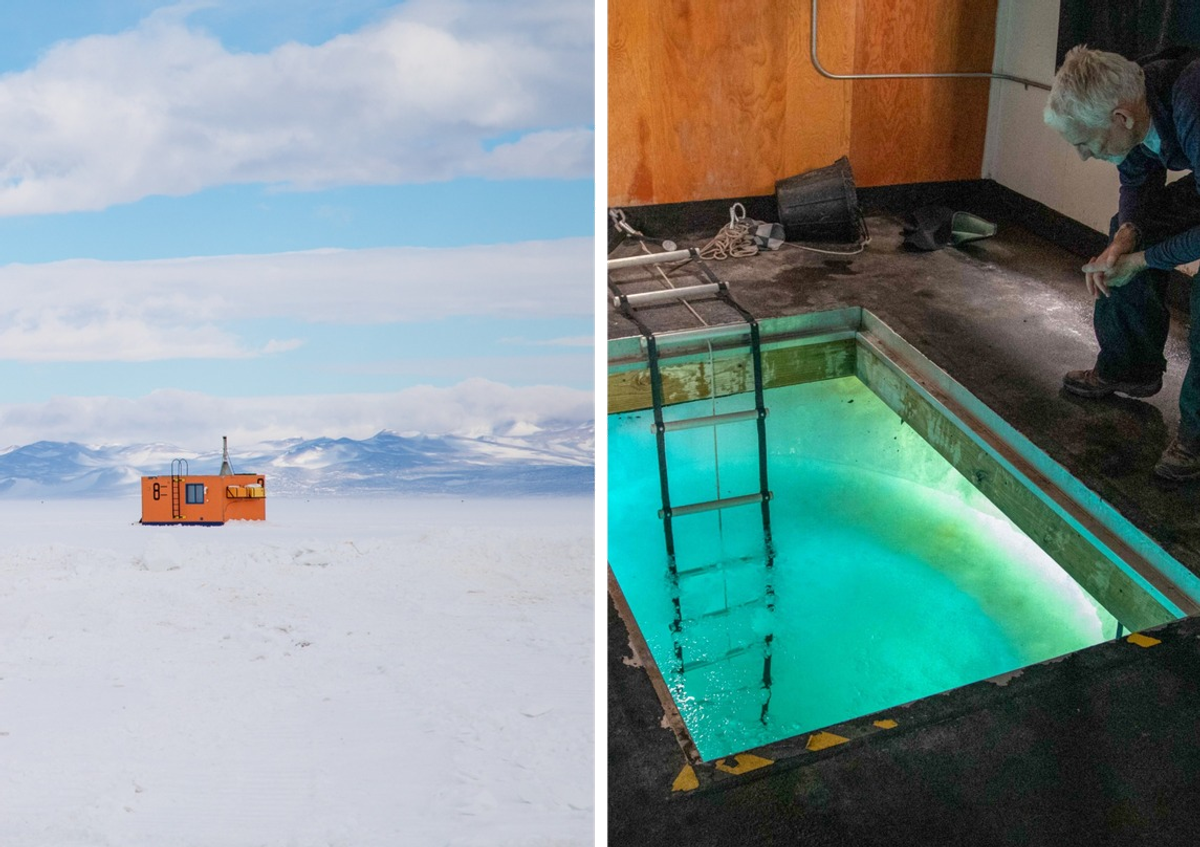
You shared a video from inside the Observation Tube at McMurdo, where you can climb down into a tunnel beneath the ice. Was there anything you encountered that really surprised you down there?
The seafloor in Antarctica is really just absolutely alive. It’s not like you find an occasional little fish: Any random scoop of the seafloor, there’s just tons of life in it. Before, I didn’t know why anyone would want to be an Antarctic diver—it’s just so cold. But when I got to actually see it myself by going down into the tube, it all made sense to me.
I’d get these test tubes of mud from the divers, and one day I was poking around in the mud with a tweezer and all of a sudden I activated all these worms that were in there that I didn’t see. They all started crawling up the test tube, and I freaked out because I’m not big on worms.
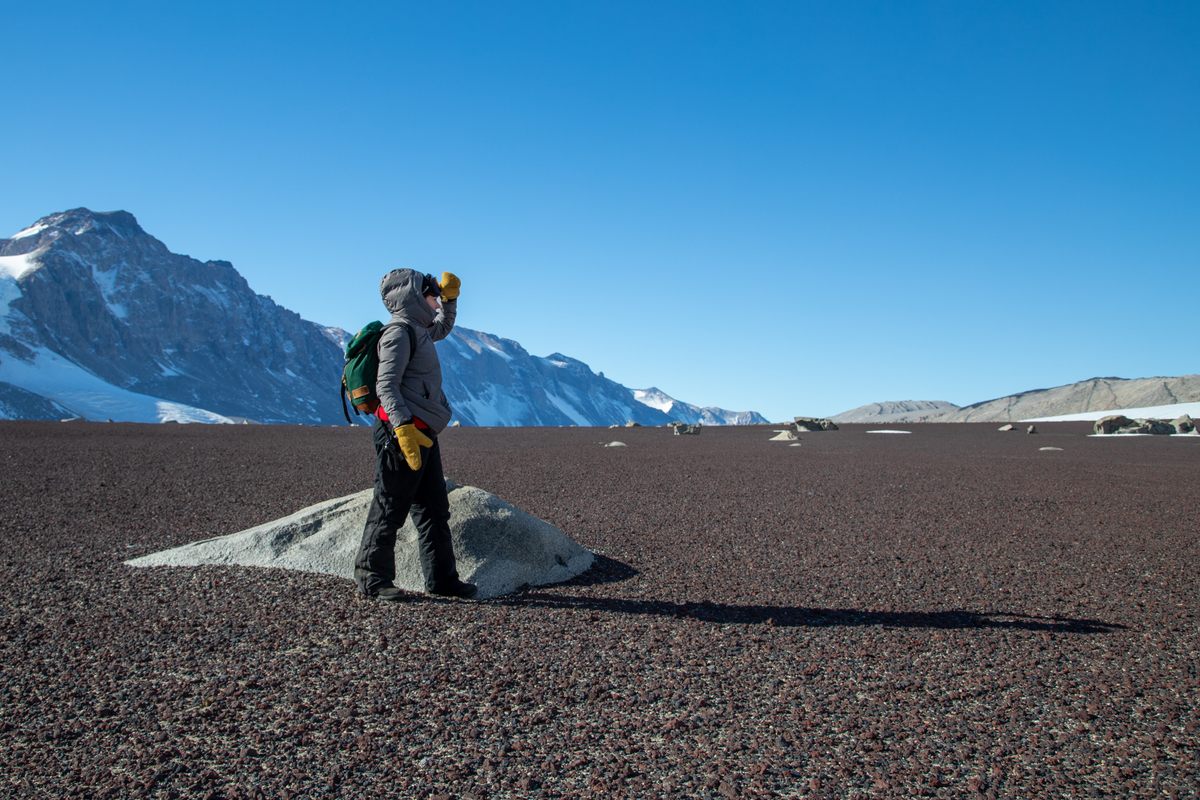
Is there anything you would have done differently?
I would take more photographs of the environments themselves. I have documentation of where the samples were taken, but it would have been nice to put together an aerial view of the glacier, then zoom down into the place that was actually sampled, and then see the actual microbes.
In the introduction to your project, you talk about how people often associate Antarctica with penguins. Did you take note of any bigger creatures?
I got to see some Weddell seals, and they are just like lazy, fat cats. They hop out onto the sea ice and they just lay there, baking in the sun, living their best life. I also saw skuas, which are like larger, potentially more aggressive seagulls. They like to fly around where a lot of humans are, because they’ve learned that they can try to steal food, even though a lot of work is done to make sure that there’s no litter from food outside. There’s a galley in McMurdo where everyone eats, but you can take a tray of food to your dorm on a covered blue tray. Supposedly, the skuas have gotten smart enough to know that when they see a human with a blue tray walking outside, they can try to get some food by dive bombing them. As part of the Antarctic Treaty, you’re not supposed to interact with large wildlife. Skuas, they’re smart. They try their best to ruin that.
This interview has been edited and condensed.
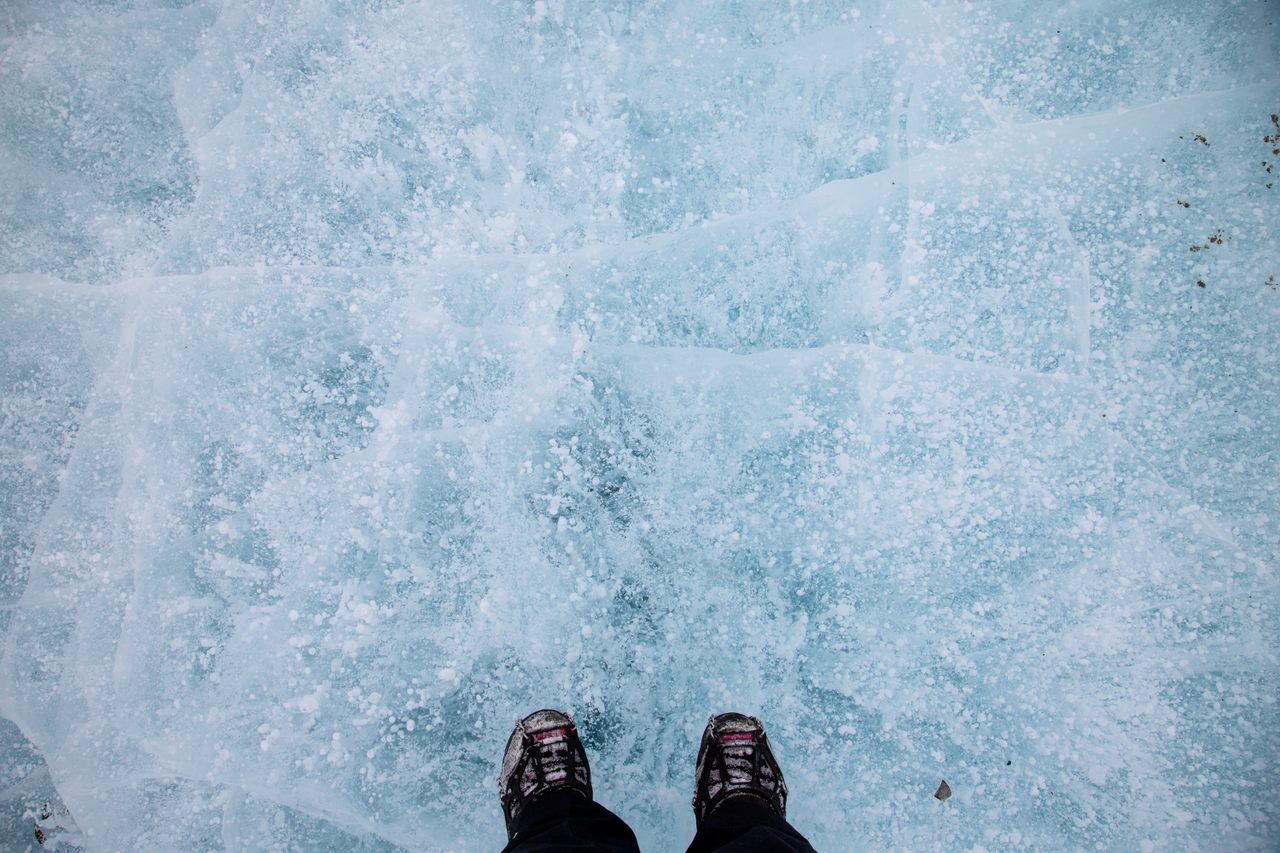
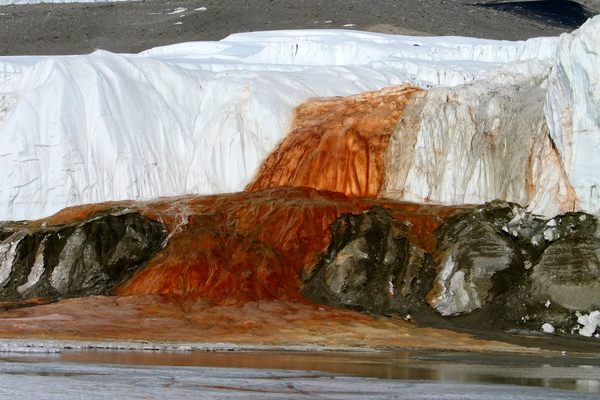























Follow us on Twitter to get the latest on the world's hidden wonders.
Like us on Facebook to get the latest on the world's hidden wonders.
Follow us on Twitter Like us on Facebook